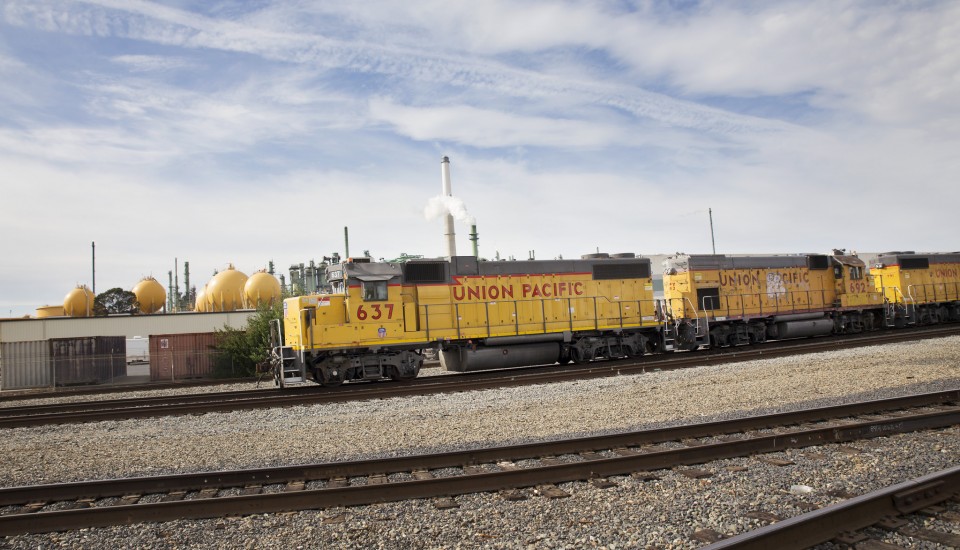

Here's HowĮven before the latest accident, two government agencies-the Federal Railroad Administration and the Pipeline and Hazardous Materials Safety Administration-launched a joint investigation they call the “Bakken Blitz” to better understand what impurities might be in the crude and whether it is being handled properly. To support our nonprofit environmental journalism, please consider disabling your ad-blocker to allow ads on Grist. The paper cites three possible explanations for the Bakken oil rail explosions: irresponsible practices in the transportation process, the presence of other flammable petroleum products such as propane in the crude oil, and the addition of flammable fracking fluids. “Crude is flammable, but before being refined into products such as gasoline it is rarely implicated in explosions,” noted the Journal. A possible cause is contamination of crude by materials used in fracking, according to the letter.Įarlier this month, The Wall Street Journal examined the problem, and raised the possibility of flammable chemicals contaminating the oil during fracking. In a July 29 letter to the American Petroleum Institute, a Washington-based lobbying and standards-setting group for the oil and gas industry, the railway administration said it found increasing cases of damage to tanker cars’ interior surfaces. Highly corrosive hydrochloric acid is widely used to extract oil in the state, according to a 2011 report from the Society of Petroleum Engineers.
#FRACKED OIL TRAIN CAR FREE#
Much of North Dakota’s production relies on hydraulic fracturing or fracking, a technique in which millions of gallons of chemically treated water and sand are forced underground to shatter rock and free trapped oil. And they may be highly flammable and abrasive. Some of these chemicals are left in the oil when it is transported to refineries. Companies refuse to disclose exactly what chemicals they use, on the grounds that this information constitutes a trade secret.
#FRACKED OIL TRAIN CAR CRACK#
Fracking relies on injecting a cocktail of chemicals into the ground to crack it open. It appears that the method of extracting oil from the Bakken formation is making it more flammable still. As Grist’s John Upton recently explained, the “light crude” from North Dakota may be more flammable than “heavy crude,” like that extracted from Canada’s tar sands.īut there may be more to the story.

Something else you may have noticed if you’ve been reading closely: The oil in these exploding trains originated in the Bakken formation of North Dakota. 30 in eastern North Dakota, a train explosion sent toxic smoke over homes, forcing most nearby residents to flee. This time the flames reached 300 feet high. In November, a train derailed in Alabama. It sent a 100-foot-tall fireball into the air, flattened dozens of buildings, and killed 47 residents.

Have you noticed the recent spate of oil-hauling trains bursting into flames? There was the devastating explosion last July in the town of Lac-Mégantic, Quebec. Reuters/Mathieu Belanger A burning rail car in Lac-Mégantic, Quebec, in July.


 0 kommentar(er)
0 kommentar(er)
